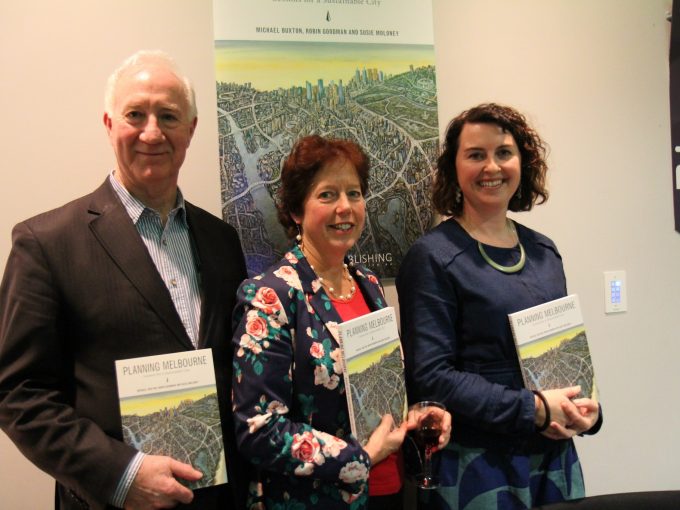RMIT Centre for Urban Research launches a new book, introducing interactive decision-making tool to incorporate greater accessibility for Australia’s public transport infrastructure.
In the face of pressure from rapid population growth, Australia needs to look beyond the blind chase of grand infrastructure for project development in namesake but to diligently question the accessibility of this country’s underinvested public transport system that incorporates land use optimisation for healthier and livable cities.
Planning for Public Transport Accessibility, authored by Dr Jan Scheurer from RMIT University’s Centre for Urban Research and Professor Carey Curtis from Curtin University, examines key performance indicators of transport system in 23 cities spanning across four continents to devise high quality public transport system for cities of 21st century.
Richly illustrated with maps and diagrams, this book introduces the Spatial Network Analysis for Multimodal Urban Transport Systems (SNAMUTS) tool to reach a common understanding of planning challenges among stakeholders in support of complex planning process.
Launching in RMIT’s city campus, Green Senator for Victoria Janet Rice said that this book sets up a fundamentally logical and rational framework to achieve realistic outcomes for Melbourne’s public transport system.
“We have sounding aspirations and institutions set-ups yet we leave it to the market to design market-led proposal like Western Distributor.
“That’s the fundamental problem we have with transport planning in Melbourne is that we don’t have underlying strategic planning to achieve great outcomes,” she said.
With cities like Vancouver, Barcelona and Singapore as top performers, Dr Jan Scheurer agreed and says that Australian cities have much to learn from these international best practices examples.
“In particularly, we need to look at how to develop public transport services into truly integrated networks that make it as easy to navigate the city on public transport as on the roads.
“SNAMUTS essentially shows us how well, or not, public transport networks are configured and serviced within their urban context,” he said.
Co-author Professor Carey Curtis, Professor of City Planning and Transport at Curtin University, says that this book extends itself as a benchmark for Australian cities by gathering ample evidences from selected urban cities.
“Our key interests lie in state planners and local government to use the tool in future thinking about land use development and infrastructure planning,” she said.
Where the state government study lacks an understanding on the impact of land use for transport planning, Scheurer added that SNAMUTS has been wonderful in making and building scenarios for projects like Melbourne Metro Tunnel 2026.
“We need a solid base of scientific research plus community activism and people in parliament working well together to achieve political will in delivering a decent transport system.
“That’s why this book is so important because it provides that scientific base of analysis to be translated into community campaigning, funding and legislation required in making a good public transport system,” Rice said.
Planning for Public Transport Accessibility is available via Routledge Publishing.
Story: Sharon Lee





